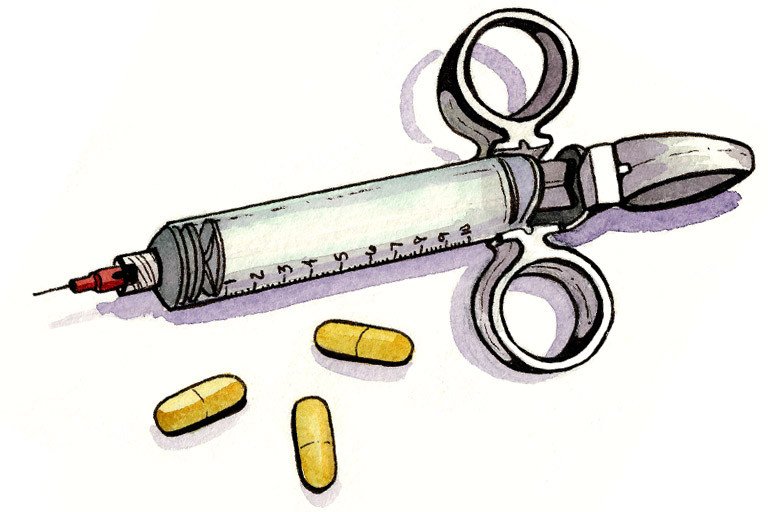
Common Names
- Antineoplaston treatment
For Patients & Caregivers
Tell your healthcare providers about any dietary supplements you’re taking, such as herbs, vitamins, minerals, and natural or home remedies. This will help them manage your care and keep you safe.
What is it?
There is a lack of evidence to support any anticancer effects of antineoplastons in humans.
Antineoplastons are compounds that were first isolated from human urine and blood by Stanislaw Burzynski. He claims that they promote the body's natural defenses against cancer. However, there is insufficient evidence to support this theory. Adverse reactions from antineoplaston treatment include confusion, sleepiness, worsening of seizures, headache, vomiting, and fatigue.
What are the potential uses and benefits?
Cancer
Although a few studies were performed to test the efficacy of antineoplastons, definitive data are lacking.
What are the side effects?
- Seizures
- Sleepiness
- Anemia
- Dehydration
- Fever
- Slurred speech
- Rash
- Increased urination
- Stomach fullness
- Vein inflammation
What else do I need to know?
Patient Warnings:
There is no conclusive evidence to support the antineoplaston theory.
For Healthcare Professionals
Clinical Summary
Antineoplastons refer to mixtures of peptides, amino acids, and other organic substances that were first isolated from human urine and blood by Stanislaw Burzynski. He claims to have used antineoplastons to treat a variety of cancers based on the belief that they promote the body’s natural defenses against cancer.
In 1993, the National Cancer Institute sponsored clinical trials to investigate the antitumor potential of antineoplastons in patients with brain tumors (4). The trials were closed 2 years later as poor patient accrual precluded conclusions about treatment efficacy. In addition, a Mayo clinic study found no benefit (1). Antineoplastons have also been tested in patients with gliomas (6) (7) (8) (10), but lack of a rigid scientific approach in these studies has been questioned (9) (11). A preliminary study of antineoplastons adjunctive to hepatic arterial infusion post-hepatectomy did not improve overall survival, although cancer-specific survival was higher (12). The status of other clinical trials using antineoplastons as investigational drugs for various cancers remains unknown (5).
Adverse reactions observed include confusion, sleepiness, and exacerbation of underlying seizures, headache, vomiting, fatigue, stomach fullness, and phlebitis.
Purported Uses and Benefits
- Cancer
Mechanism of Action
Proposed mechanisms for the anticancer activity of antineoplastons include activation of the tumor suppressor gene p53 by phenylacetate and AS2-1, metabolites of A10 (3-phenyl-acetylamino-2, 6-peperidinedione) (2). Phenylacetylglutamine, the main component of A10-I, may inhibit uptake of amino acids that are essential for cancer cell growth (2). A10 inhibited neutrophil apoptosis in breast cancer cells. Since depletion of neutrophils is associated with development of cancer, researchers suggest a role for A10 as an adjuvant therapy for breast cancer (3).
Warnings
There is no conclusive evidence to support the antineoplaston theory.